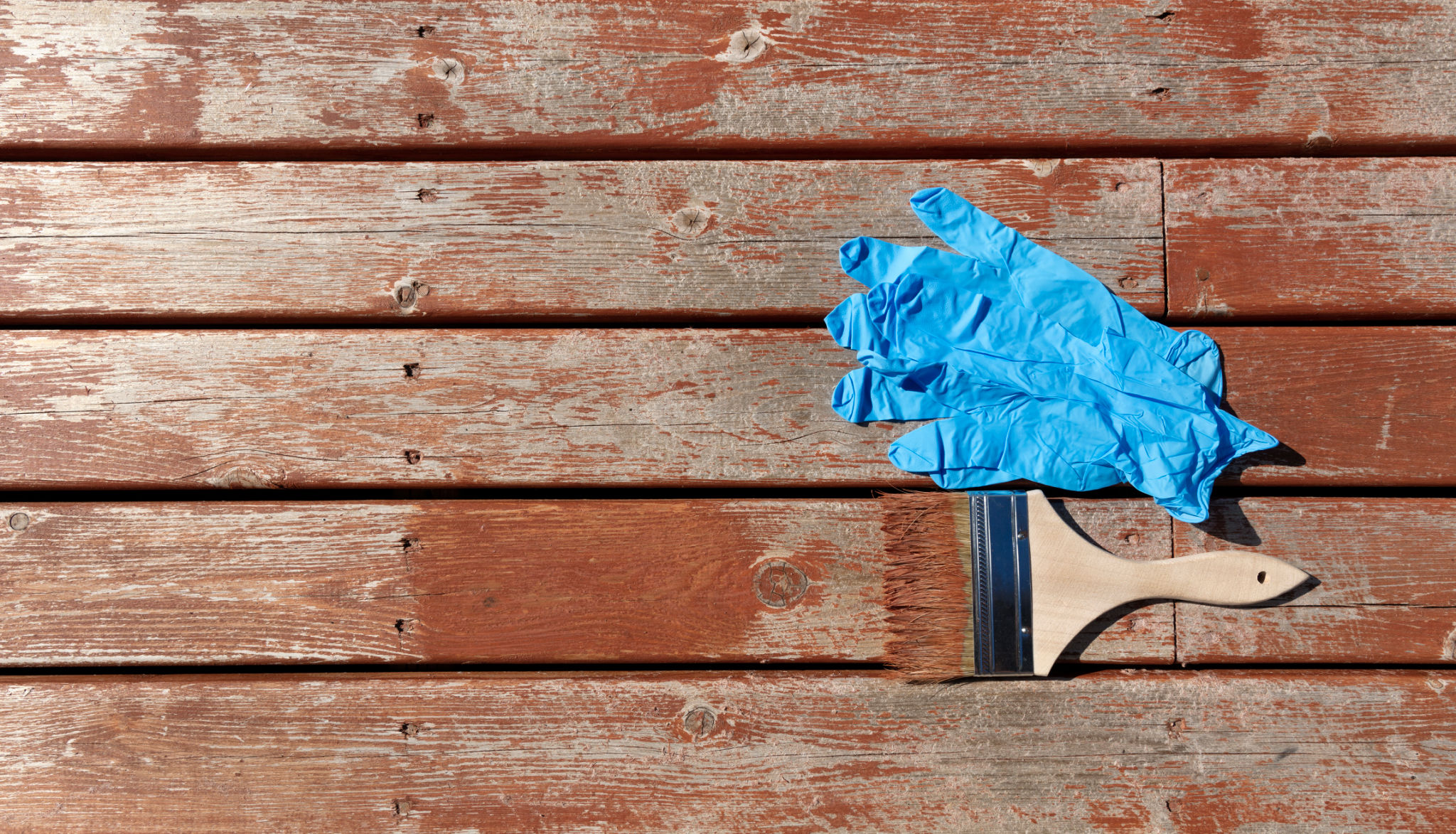Deck Resurfacing: Renewing Your Deck Without Rebuilding
The Benefits of Deck Resurfacing
Deck resurfacing is an excellent way to give your outdoor space a fresh, new look without the cost and effort of a complete rebuild. This process involves applying a new surface over your existing deck, which can breathe new life into aged wood, improving both aesthetics and functionality. By choosing to resurface, homeowners can enjoy a beautifully restored deck at a fraction of the cost of a total replacement.
One of the primary benefits of deck resurfacing is the significant savings on both time and money. Rebuilding a deck can be a lengthy and expensive process, often requiring permits and professional labor. In contrast, resurfacing can be completed more quickly, allowing you to enjoy your renewed space sooner.

Resurfacing Materials
There are various materials available for deck resurfacing, each offering unique advantages. Common options include wood, composite decking, and specialized resurfacing coatings. Wood is a classic choice, providing a natural appearance that blends seamlessly with outdoor environments. However, it may require regular maintenance to protect against weather damage.
Composite decking materials are highly popular due to their durability and low maintenance requirements. Made from a blend of wood fibers and plastic, these materials resist rot and insects, offering a long-lasting solution for deck resurfacing. Specialized coatings can also be applied to existing wood surfaces to enhance durability and appearance.

Preparing for Resurfacing
Proper preparation is crucial for successful deck resurfacing. Begin by thoroughly cleaning the deck surface to remove dirt, debris, and any existing finish. This creates a smooth base for the new material to adhere to. Inspect the deck for any structural damage or rot that might need repair before proceeding with resurfacing.
Once the deck is clean and any necessary repairs are made, sanding may be required to smooth out rough patches and ensure even application of the new surface. This step is particularly important if you'll be applying a coating directly to the existing wood.

Application Process
The application process for deck resurfacing varies depending on the material chosen. For composite decking, the new boards are often installed directly over the existing structure using hidden fasteners for a seamless look. If you're applying a coating, it's essential to follow the manufacturer's instructions closely to achieve the best results.
When using coatings, apply them in thin, even layers, allowing each coat to dry completely before adding another. This ensures a durable finish that will stand up to the elements and daily use. Proper ventilation is also important during application to ensure safety and optimal drying conditions.

Maintaining Your Resurfaced Deck
Once your deck has been resurfaced, maintaining it properly will help extend its lifespan and keep it looking great. Regular cleaning is essential to prevent dirt buildup and stains. Use a mild detergent and soft brush or cloth to gently clean the surface as needed.
Depending on the material used for resurfacing, additional maintenance steps may be required. For composite decking, occasional washing with soap and water is typically sufficient. Wood surfaces may need periodic reapplication of sealant or stain to maintain their appearance and protect against moisture.
